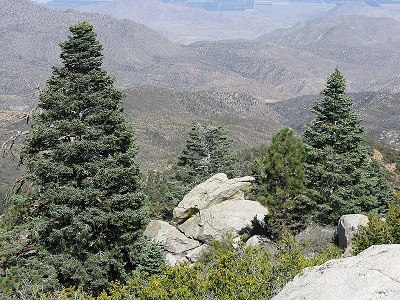 |
| The 'Colorado White Fir' - Abies concolor |
It is a species of variable growth. As a young specimen they are symmetrical, branched in whorls with an open sparse, conic crown.
Under favourable conditions Abies concolor can be expected to reach a height of between 25–60 metres and with a trunk diameter of up to 2 metres. It has smooth, grey bark, often with resin blisters, which becomes grooved and scaly with age. The thick, needle-like leaves are up to 5.5 cm long and almost round in cross-section. They are an attractive blue-green or grey-green in colour, arranged mainly in two ranks, but standing proud of the shoot. The cones are 8-14 cm, and pale-green (sometimes with a purple bloom) when young, ripening to a pale brown.
Abies concolor is a relatively adaptable plant compared to other species within the genus. It will tolerate more shade, poorer drainage and more alkaline soil pH conditions than most other firs. However these tolerances are relative as Abies concolor will not do well in heavy clay or in standing water.
Abies concolor received the Award of Garden Merit (AGM) from The Royal Horticultural Society in 1984.
For related articles click onto the following links:






